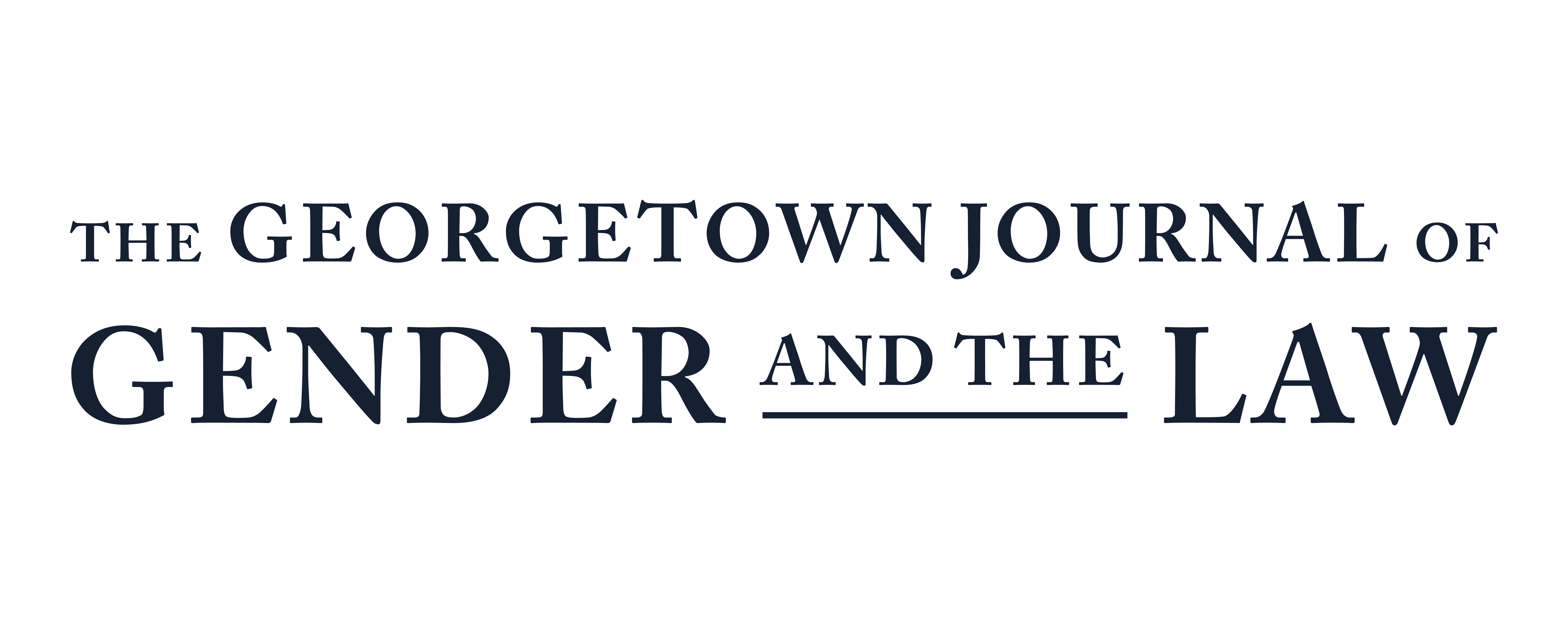How Sexual Harassment Law Failed Its Feminist Roots
The dawn of sexual harassment law showed so much promise. But in spite of the hopefulness with which the legal recognition of sexual harassment was greeted, the intervening years have shown that the law of sexual harassment has not lived up to its potential. Rather than creating a cause of action empowering women to challenge degrading employment practices that have limited their workplace opportunities, courts have instead recognized a number of elements of a cognizable claim of sexual harassment that have effectively sanctioned the continuance of the conduct while blaming women for its occurrence. The judicial imposition of the elements of a sexual harassment claim and the judicial gloss placed on those elements have turned the cause of action for sexual harassment into something far different than the feminists who worked for its recognition envisioned. The courts have turned that promise into a cause of action that seeks to protect the workplace from women who would make claims of sexual harassment, rather than a cause of action that seeks to protect women from discriminatory workplaces. This article explores how some of that lost promise might be recaptured, first through a reshaping of the law by the courts and legislatures within the frame of the existing structure of the cause of action, explaining how the courts could apply the existing elements of the cause of action more consistently with the purpose of Title VII to assure women of the right to workplace equality. The article then imagines a more fundamental reshaping of the law of sexual harassment, by exploring what the law of sexual harassment might look like if it were designed by a feminist, forged by an overriding concern about ensuring women’s workplace equality rather than protecting existing workplace norms.
Keep Reading How Sexual Harassment Law Failed its Feminist Roots

